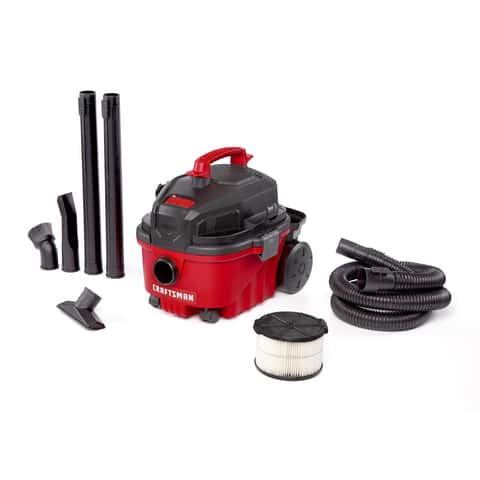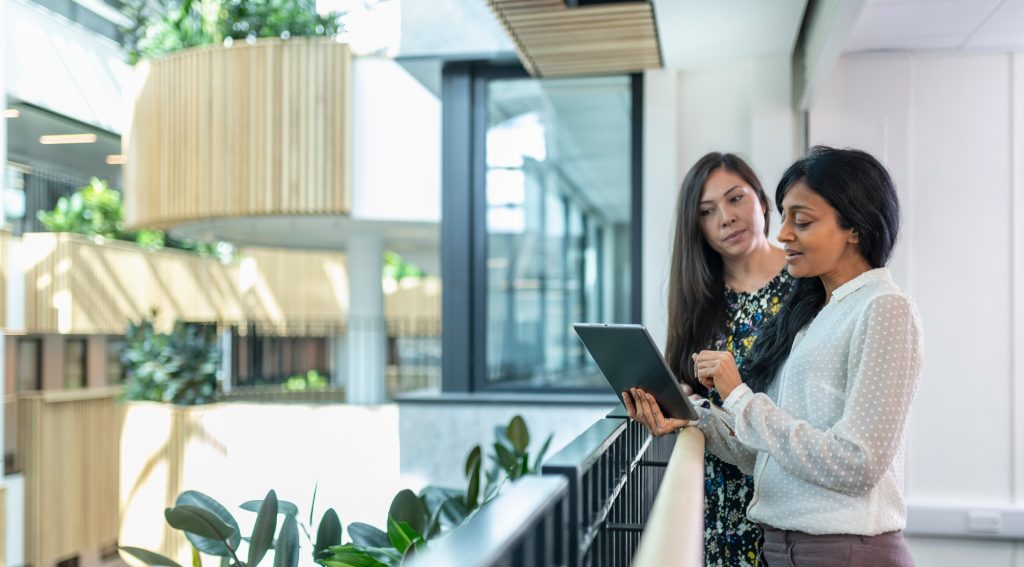Transform your backyard into a culinary oasis with top-of-the-line grills from Miner’s Ace Hardware in Goleta, CA. Whether you’re a grilling novice or a seasoned BBQ enthusiast, Miner’s Ace Hardware offers a variety of grills to meet your outdoor cooking needs. From gas grills to smokers, each product is designed to enhance your grilling experience. Visit Miner’s Ace Hardware for the best selection of grills and accessories to elevate your outdoor cooking.
Paul Filice, President of Miner’s Ace Hardware, continues the family tradition of providing high-quality products and exceptional customer service. With a wide range of grills available, customers are sure to find the perfect addition to their outdoor kitchen.
Weber Genesis SA-E-330 3 Burner Liquid Propane Grill Indigo
Experience top-notch grilling with the Weber Genesis SA-E-330. Featuring a PureBlu burner system and stainless steel grates, this grill provides consistent heat distribution and superior searing. With a 513 square inch primary cooking area and a 12-year limited warranty, it’s perfect for outdoor chefs looking for reliability and performance.
“The Weber Genesis SA-E-330 is not just a grill; it’s the cornerstone of a great outdoor cooking experience,” says Paul Filice. “This model is ideal for anyone looking to step up their grilling game with quality and precision.”
Big Green Egg 24 in. XLarge Charcoal Kamado Grill and Smoker Green
The Big Green Egg XLarge is perfect for grilling, smoking, and baking. With a 452 square inch cooking area, it can handle large gatherings and diverse cooking styles. Its ceramic design offers heat retention and moisture, enhancing the natural flavors of your food.
“The Big Green Egg is a versatile powerhouse for any outdoor kitchen,” Paul Filice explains. “Its ability to maintain precise temperatures makes it a favorite among grill enthusiasts.”
Blackstone 4 Burner Liquid Propane Outdoor Griddle Black
The Blackstone 4 Burner Griddle offers 60,000 BTUs and a 720 square inch cooking area, making it ideal for large gatherings. With its solid rolled steel construction and modern design, it’s perfect for versatile outdoor cooking.
“This Blackstone griddle is a game-changer for outdoor cooking, offering ample space and power for any meal,” Paul Filice highlights. “It’s a must-have for anyone who loves to entertain.”
Weber Slate Rust-Resistant 1500215 3 Burner Liquid Propane Outdoor Griddle Black 30 IN ACE EXCLUSIVE
This exclusive Weber griddle offers a pre-seasoned carbon-steel cooktop with consistent heating. Its rust-resistant design and digital temperature display make it a reliable choice for any outdoor cook.
“A combination of convenience and performance, the Weber Slate Griddle is perfect for those who value efficiency and quality,” Paul Filice states. “It’s a versatile addition to any outdoor setup.”
Traeger Woodridge Wood Pellet Grill Black
The Traeger Woodridge Pellet Grill offers a wood-fired flavor experience with WiFIRE connectivity for remote monitoring. Its 860 square inch cooking area and P.A.L. Pop-And-Lock options make it a versatile choice for grilling, smoking, or baking.
“With the Traeger Woodridge, you get the best of both worlds: high-tech features and classic wood-fired taste,” Paul Filice comments. “It’s perfect for tech-savvy grillers who appreciate tradition.”
For all things Ace Hardware, please visit acehardware.com.




















